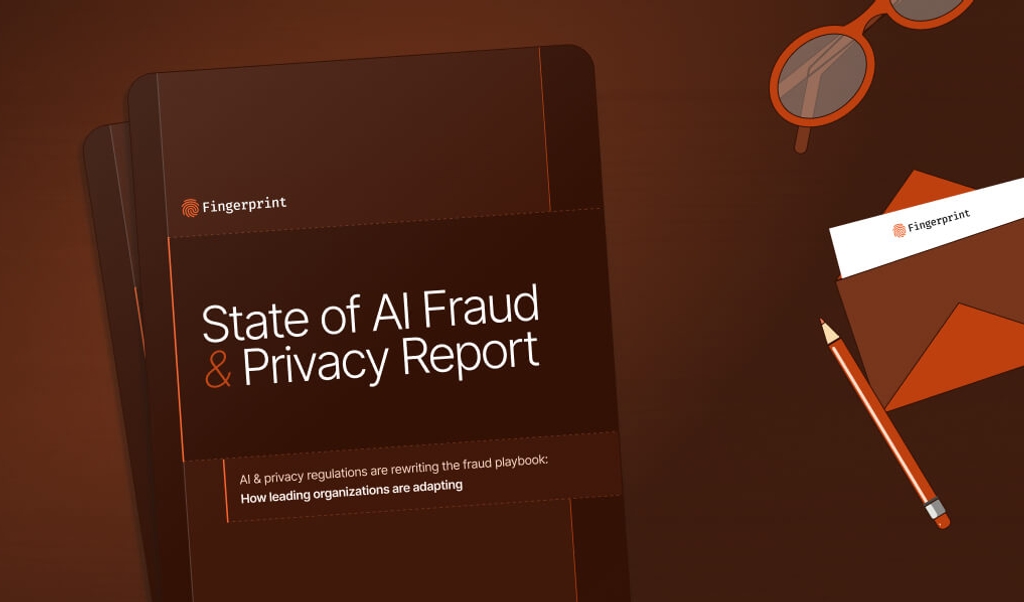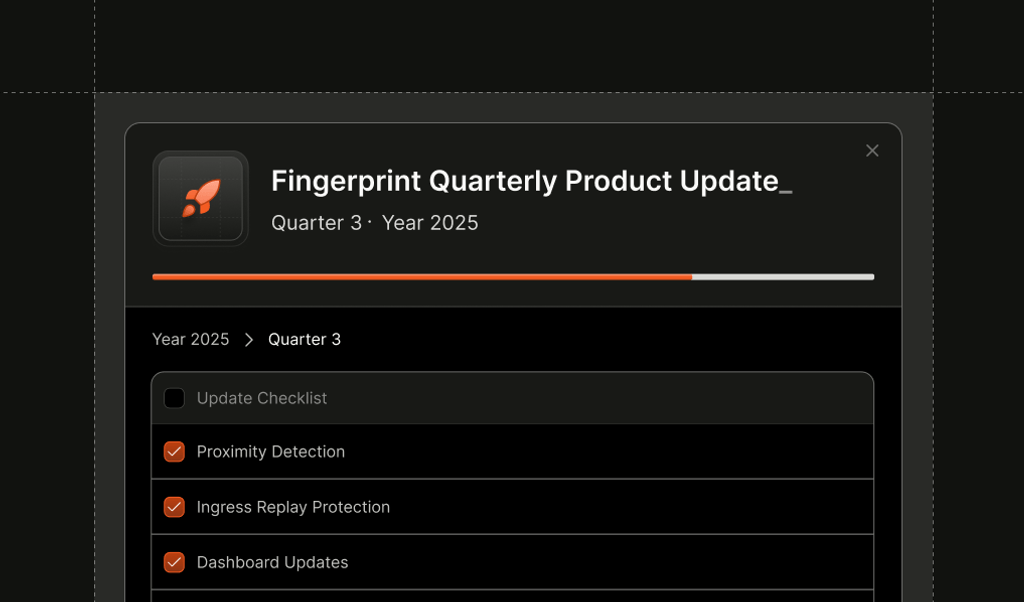
Summarize this article with
According to Gartner, agentic commerce will quickly gain traction, and they project that these AI agents will be fully autonomous and act on the behalf of customers by 2036. On the merchant side, big retailers like Amazon and WalMart are rolling out their own AI agents to improve product discovery and recommendations to increase conversions.
However, bots still post the biggest risks — they currently make up ~50% of internet traffic, and 30% of all traffic are malicious bots. At Fingerprint, we recognize both the importance of not only detecting bots, but also detecting agent interactions and differentiating between well-behaved agents and malicious ones, particularly when it comes to payment fraud. Agentic AI technology is evolving fast, and our dedicated research team is continuously working on improving existing and developing new AI agent and bot detection capabilities to help our customers stay ahead of fraud.
Our approach to detecting and identifying agents and bots combines multiple signals to provide customers with several real-time datapoints so they can confidently stop payment fraud without blocking legitimate transactions.
Here’s an overview of the signals that are already available today to help detect AI agents and bots, along with a peek into our planned product roadmap.
Our Bot Detection Smart Signal can detect dozens of bot detection and browser automation software. It performs a classification task on each API request to determine whether a bot is good or bad, and only verified good bots are classified as good.
The Virtual Machine Detection Smart Signal further enhances bot detection by identifying virtual machines, which are commonly used in automated fraud schemes.
We also gathered a list of known user agents used by AI companies to scrape the internet for information or support their models and launched Request Filtering: AI Bots. This feature gives customers the ability to filter out well-known AI agents and bots from being fingerprinted, helping them save on billing costs.
Additionally, we rolled out the Residential Proxy Detection Smart Signal earlier this year. Residential proxies are easy and cheap to access, and traditionally have been difficult to detect, making them a common tool for online fraudsters. Because agentic traffic can be routed by an ISP to a real residential address, giving agents a high level of authenticity, the ability to detect residential proxies will be key in helping detect all types of agentic-driven fraud.
These Smart Signals and features are available immediately and are designed to integrate seamlessly with existing Fingerprint implementations. Sign up for a free trial or reach out to our team for a personalized demo to see how Fingerprint can better help your business better detect bots and AI agents.



